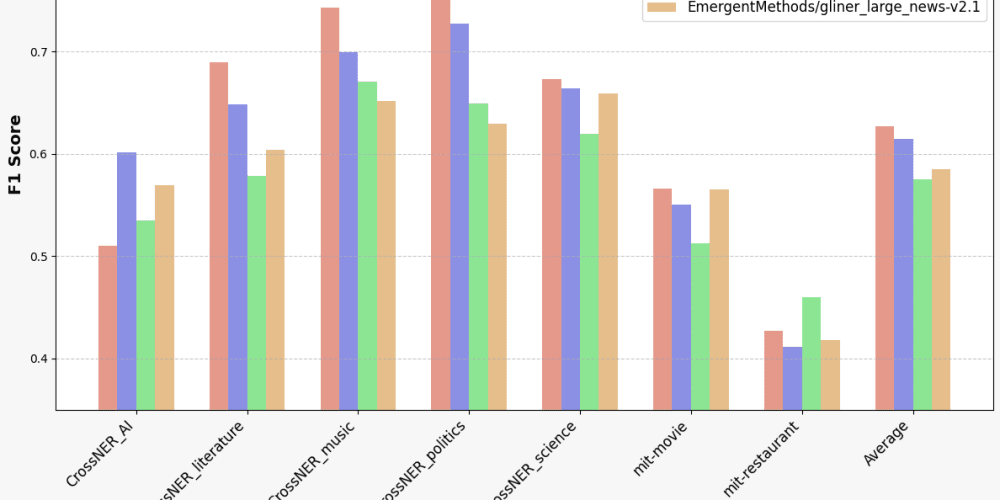Introduction
In the realm of API development, Postman has become an indispensable tool for developers, testers, and DevOps engineers. With its user-friendly interface and powerful features, Postman simplifies the process of building, testing, and documenting APIs. In this blog post, we will delve into the key features, benefits, and best practices for using Postman in your API development workflow.
What is Postman?
Postman is a collaborative platform for API development. It provides a comprehensive suite of tools to streamline the entire API lifecycle, from designing and mocking to testing, documenting, and monitoring APIs. Whether you are building RESTful, SOAP, or GraphQL APIs, Postman offers the functionality and flexibility needed to ensure efficient API development.
Key Features of Postman
API Requests: Postman allows you to create and send HTTP requests with various methods (GET, POST, PUT, DELETE, etc.) to test your APIs. You can also customize headers, parameters, and body data.
Collections: Organize your API requests into collections, which can be grouped and shared with your team. Collections make it easy to manage and collaborate on API development.
Environment Variables: Use environment variables to manage different configurations for development, testing, and production environments. This enables you to switch between environments seamlessly.
Automated Testing: Write and run automated tests using JavaScript. Postman’s built-in test editor allows you to validate responses, check status codes, and verify data.
Mock Servers: Create mock servers to simulate API responses, allowing you to test your application even before the API is fully developed.
Documentation: Generate and publish API documentation directly from your collections. Postman’s documentation feature helps you maintain up-to-date and interactive API docs.
Monitoring: Set up monitors to run your API tests at scheduled intervals, ensuring that your APIs are always available and performing as expected.
Collaboration: Share collections, environments, and test results with your team. Postman’s collaboration features facilitate teamwork and ensure everyone is on the same page.
Benefits of Using Postman
Ease of Use: Postman’s intuitive interface makes it easy to create, test, and manage API requests without requiring extensive technical knowledge.
Comprehensive Toolset: With features like automated testing, mock servers, and monitoring, Postman provides a one-stop solution for all your API development needs.
Improved Productivity: Postman’s collections, environment variables, and collaboration tools streamline the development process, saving time and reducing errors.
Enhanced Collaboration: Share your work with team members, get feedback, and collaborate effectively using Postman’s built-in sharing and version control features.
Scalability: Whether you are a solo developer or part of a large team, Postman scales to meet your needs, providing the tools and resources necessary to handle complex API projects.
Best Practices for Using Postman
Organize with Collections: Group related API requests into collections. This keeps your workspace tidy and makes it easier to manage and share your APIs.
Use Environment Variables: Define environment variables for different stages of your development process (e.g., development, staging, production). This allows you to reuse requests across different environments without hardcoding values.
Write Automated Tests: Implement automated tests for your API requests to validate responses and ensure your APIs are working as expected. Use Postman’s test scripts to perform assertions and check for specific conditions.
Leverage Mock Servers: Create mock servers to simulate API responses during development. This helps you test your application without relying on the actual API being available.
Document Your APIs: Use Postman’s documentation feature to generate and maintain up-to-date API documentation. This is crucial for onboarding new team members and ensuring consistent API usage.
Monitor Your APIs: Set up monitors to regularly test your APIs. This helps you identify issues early and ensure your APIs are always available and performing optimally.
Collaborate with Your Team: Share collections, environments, and test results with your team. Use Postman’s collaboration features to work together effectively and keep everyone aligned.
Conclusion
Postman has become an essential tool for modern API development, offering a rich set of features that streamline the entire API lifecycle. Its ease of use, comprehensive toolset, and collaborative capabilities make it a top choice for developers and teams working on API projects.
By following best practices and leveraging the power of Postman, you can improve your productivity, ensure the reliability of your APIs, and deliver high-quality software. Whether you are just getting started with API development or looking to enhance your existing workflow, Postman provides the tools and resources you need to succeed.





















